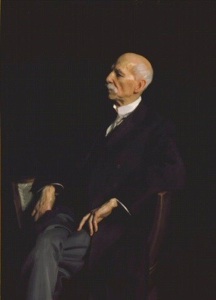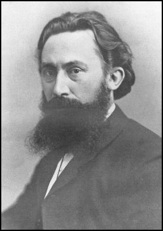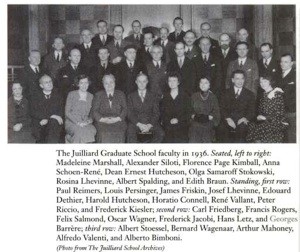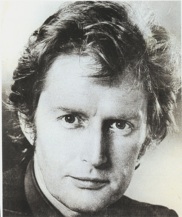Garcia Stockhausen Connell Taylor Dwyer Baum!

Garcia Stockhausen Connell Taylor Dwyer Baum!





Manuel Garcia
(1805-1906)
Inventor of the laryngoscope in 1854, Manuel Garcia is the single most important historical figure in classical singing technique. His father and two sisters were famous singers, but his best-known client was Jenny Lind, The Swedish Nightingale. She had lost her voice when she approached Garcia for help and he restored her to prominence. By applying scientific principles to what had previously been treated as simply an art form, he in essence created the whole medical discipline of Ear, Nose and Throat (ENT). For his contributions, he was honored in London with this beautiful John Singer Sargent portrait, commissioned by an enormous international consortium of doctors, singers and voice teachers to commemorate his 100th birthday.
John Singer Sargent portrait
courtesy of Rhode Island School of Design Museum

Julius Stockhausen
(1826-1906)
An early protégé of his equally musical parents, Stockhausen played a variety of musical instruments, but studied singing with Manuel Garcia. His reputation extended across Europe, but his work eventually centered around his association with Brahms, and his inspired interpretations of Schubert and Schumann lieder led to their enormous popularity. He taught at the Hoch Conservatory and founded his own school of singing in 1880 in Frankfurt.

Horatio Connell
(1876-1936)
A student of Julius Stockhausen in Germany, Connell returned to Philadelphia where he was appointed as a member of the Curtis Institute. In 1926, he authored his masterwork, “Master Vocal Exercises” based on the exercise work he did with Stockhausen, a volume which has never been out of print to this date. He served as a member of the Juilliard Graduate School faculty and director of the vocal department of the summer schools at Chautauqua. He maintained private studios both in New York and Philadephia. One of his most prominent students was Nelson Eddy.

Bernard U. Taylor
(1897-1987)
A member of the Juilliard faculty from 1930 to 1953, Taylor was an early proponent of group voice teaching methods and published a textbook on the subject in 1936. He also compiled and edited widely-used anthologies of classical songs. After serving as President of the New York Singing Teacher’s Association from 1942 to 1944, he participated in the founding of the National Association of Teachers of Singing and was that organization’s President for two years after his retirement from Juilliard. He continued to teach privately until shortly before his death.

Dr. Edward J. Dwyer
(1933-1989)
A graduate of Augustana College, Dwyer took his doctorate at Columbia University. His thesis, “American Video Opera: An Introduction and Guide to Production”, predated the first Live from Lincoln Center opera performance by twenty years, indicative of his innovation and creativity. He also authored “Singers in New York: A Directory of Opportunities and Services” in 1972, preface by Bernard Taylor. After singing professionally in opera and oratorio on concert tours and network television, Dr. Dwyer maintained a private studio until a few years before his death.

Photo by Bert Torchia



Studio founded 1999.
Student of Ed Dwyer for ten years.
He was the only teacher I ever had.
The only one I ever needed.
Thanks, Big Ed!



The Technique I teach is based on the work of the following masters.
I am proud to be an extension of their pioneering efforts.
My thanks to Thomas A. Rexdale for his assistance in assembling this chronology.
My thanks to Jamal Green for finding Thomas Rexdale and several of these photos.